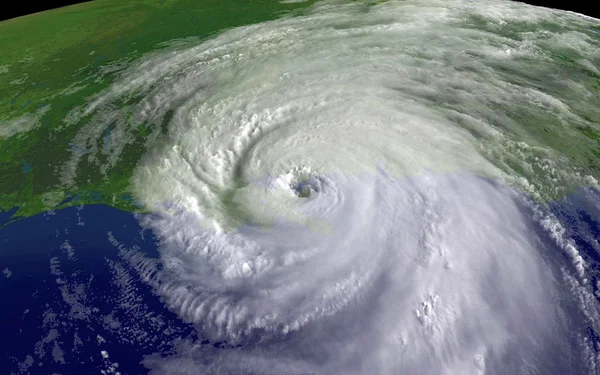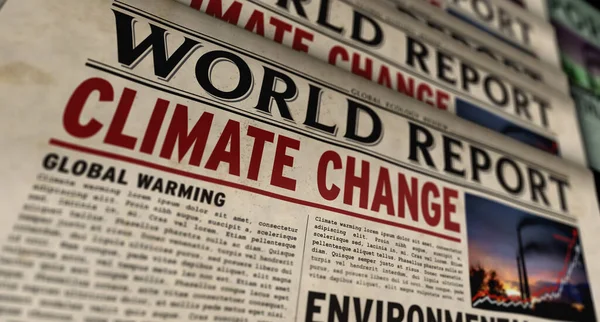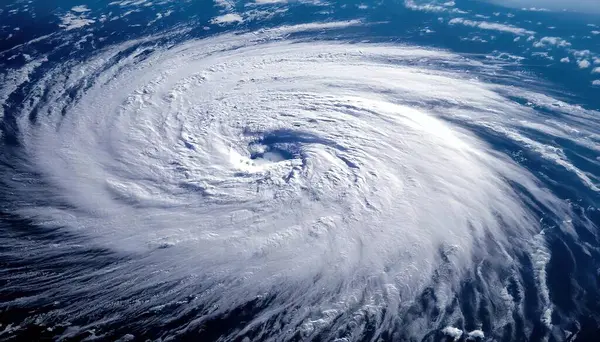
Wildfires are burning forests to dust, heatwaves are breaking records, and hurricanes are leveling entire towns but millions don’t care. The gap between the seriousness of the climate crisis and public concern is not only mystifying; it’s also dangerous. Climatologists say this mismatch is fueled by a cocktail of psychology, media habits, and cultural myths that render climate change remote, obscure, or someone else’s issue.
Recent surveys show only a small fraction of people are truly engaged with climate issues, while misinformation and “doom fatigue” spread faster than solutions. Add in shifting media priorities and a tendency to focus on immediate concerns over long-term threats, and you’ve got a recipe for collective inaction. But understanding these barriers is the first step toward dismantling them. Here’s a closer look at the most astounding and solvable reasons so many are turning away from the world’s largest crisis.

1. Young Men Are Checking Out of the Climate Conversation
Statistics indicate that Gen Z and millennial men are showing greater levels of climate indifference and fatalism than older generations and women. This is intriguing considering they will be the ones most directly affected throughout their lifespan. Experts blame social media algorithms and cultural messaging for turning disengagement into the default and creating a “why bother” culture. Instead of being on the cutting edge, many are choosing distraction or denial.
This matters politically: these younger citizens will be setting policy for decades. If they opt out of climate action, the coalition for achieving transformative change collapses. To get around this, climate stories must be retold to resist fatalism and focus on concrete victories.

2. Social Media Is Supercharging Climate Misinformation
From TikTok comment chains to YouTube videos, climate disinformation stories are being left uncorrected. Truth is less important than engagement, so sensational denial fares better than earnest scientific news. In 2023, the Center for Countering Digital Hate found that 70% of YouTubed climate denial used “New Denial” tactics such as claiming effects are harmless, cures won’t work, or science cannot be trusted.
The economic incentives are self-serving: YouTube alone can earn up to $13.4 million annually in advertising on such videos. Until platforms de-amplify and demonetize such content, disinformation will keep undermining the public’s confidence and hindering progress.

3. Climate Coverage Is Vanishing From Headlines
Despite deteriorating extreme weather, climate news is dropping off the media agenda. Global press coverage dropped 23% in January 2024 from the preceding month. Political scandals and financial news have priority, and when catastrophes occur, they are covered up as isolated events, not indicators of a failing system.
Without continuous, sustained reporting, the public loses the plot and the pressure on policymakers is lost. Experts warn that media “climate fatigue” can rapidly become public fatigue.

4. Only 21% Are Deeply Engaged in Climate Matters
The “global warming issue public” is just 21% of Americans those who follow climate news carefully and prefer strong policies. That leaves nearly 80% unaware, uninterested, or resistant. This small, engaged group carries most of the advocacy load, usually battling indifference rather than opposition.
Enlarging that base means making climate close and personal, not abstract or remote. Associating it with health, employment, and safety may bring in the individuals who currently see it as somebody else’s concern.

5. Blame-Shifting to Corporations and Politicians
The majority of Americans believe that big business (69%) and politicians (60%) are not doing enough for the climate. As true as this is, it becomes a justification for individual complacency. People do little to alter carbon-consuming lifestyles but complain about others.
The specialists note that while systematic change is the most important, personal actions like transport, energy usage, and consumption also contribute substantially. Without the feeling of shared responsibility, there is no impetus.

6. The Brain Defaults to Short-Term Problems, Not Long-Term Threats
Psychologists note that the human mind is built to prefer proximate problems like inflation or crime over gliding threats. Global warming is intangible, even as it increases the cost of food, insurance premiums, and catastrophes.
Politicians exploit this bias by pointing to short-term wins. Communicators can beat it by connecting climate impacts to here-and-now issues making it harder to push into the “later” bucket.

7. Doom Fatigue Is Fueling Disengagement
Endless crisis reporting can leave people feeling powerless. Without stories of solutions or progress, many protect their mental health by opting out. Research shows that such “learned helplessness” is compounded when coverage doesn’t incorporate uplifting tales.
Shifting the pendulum to inspiring examples of successful action on climate change can reopen enthusiasm and inspire activism.

8. Humans Don’t Link Extreme Weather to Climate Change
Most people still consider hurricanes, wildfires, and heatwaves as a bad luck, even with strong scientific links. Attribution science quantifying the extent to which climate change amplifies specific events gives a good tool to make the change.
Anthony Leiserowitz of Yale’s Program on Climate Change Communication says, “Weather can help ground the conversation in lived experience, which is not interpreted by most Americans as ‘political.'” Describing such links clearly can make the subject less polarizing and more supportive of action.

9. Influencers Tend to Rank Higher than Scientists in Public Trust
Social media influencers are more powerful in shaping climate attitudes than scientists, because of parasocial trust. Fans may hear more from a popular influencer denying climate science than peer-reviewed papers.
It’s a two-edged sword: it makes disinformation go viral, but it also means that following solid influencers may be a good way of communicating with new audiences.
The reasons for climate indifference are complex, encompassing psychology, business news, and cultural narrative. But they aren’t fixed. By remixing messaging, amplifying messengers, and balancing agency with urgency, disengagement can be turned back into momentum. The crisis made its presence known, but so did the means to alter the narrative and the outcome.


